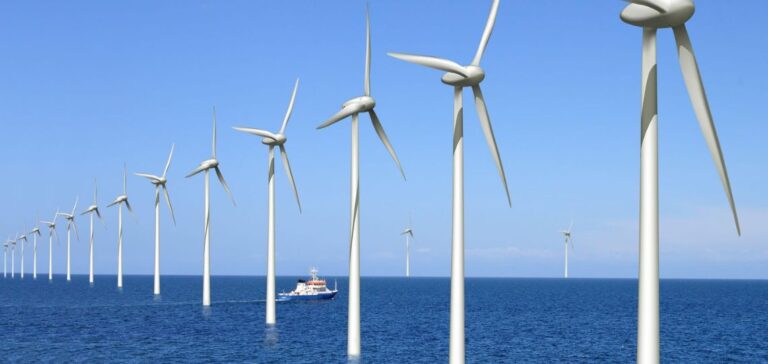Hunter Coast, the offshore wind farm project grows from 1.4GW to 1.65GW announce BlueFloat Energy and Energy Estate. The project is located between 20 and 50 kilometers off the Hunter-Central Coast of New South Wales, Australia.
A wind power project
Hunter Coast sees the increase in its offshore capacity as the result of the developers’ detailed analysis of the area of investigation. The expansion takes into account the potential size of the offshore wind area and the strong capacity of the region. In addition, New South Wales is facing a withdrawal from coal-fired power generation.
The wind project is also part of the investment momentum created by the new federal government for renewable energy. Indeed, the rapid passage of the climate change bill is testament to that. The plan calls for emissions reductions of 43% from 2005 levels by 2030 and zero emissions by 2050.
A visual simulation
The simulation of the offshore wind farm is now available on the project website. Indeed, Plain Concepts is behind this simulation. For example, the visual simulation allows you to see what the 110 proposed turbines will look like from 10 points along the coast.
Developers are already using this visual simulation with other projects. Nick Sankey, National Director of the Energy Estate and BlueFloat Energy partnership in Australia, announces:
“We want to be upfront and show coastal communities and sea users what our wind projects will look like. That’s why we have prioritized the preparation and dissemination of accurate visual simulations of our projects. The process of creating the 3D simulation involves the use of panoramic photographs (taken by a local photographer) from multiple locations, trigonometry, data points and digital technology. The result is a realistic and scientifically rigorous visual representation of an offshore wind project.”
In June, the visual simulation of the Greater Gippsland offshore wind project in Victoria will be available to the public.






















